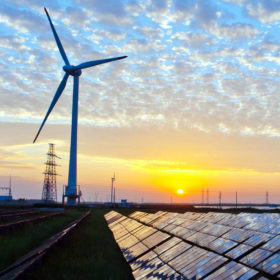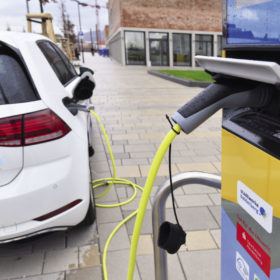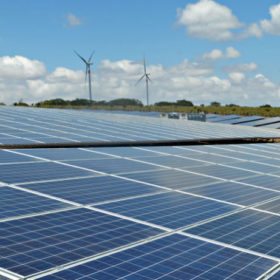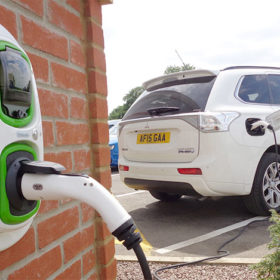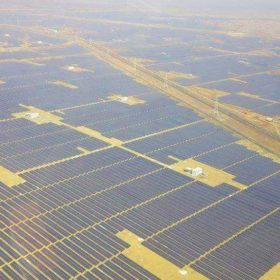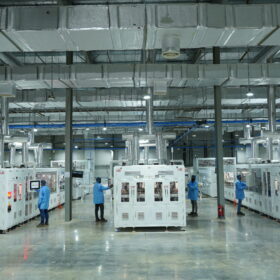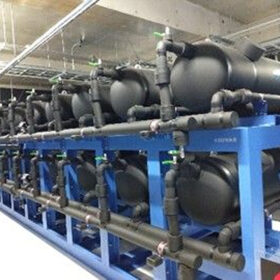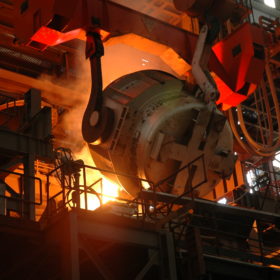Aligning infrastructure to accelerate Asia’s energy transition – Black & Veatch interview
Integrated power infrastructure offers an emerging investment opportunity in Asia as the region expands and adapts its energy mix to address sustainability and resilience goals. Narsingh Chaudhary and Mitesh Patel, of engineering, procurement and construction business Black & Veatch, tell pv magazine more.
The energy transition is easily affordable but all hope of 1.5C warming will vanish in 2028
Technical consultancy DNV GL has published its Energy Transition Outlook 2019. While the electric vehicle, storage and renewable energy industries are likely to see significant rises in demand, the sobering conclusion is the world will miss carbon reduction targets by a long shot.
IEEFA: India needs a multi-technology approach to renewables integration
In addition to accelerated deployment of battery based energy storage systems, the country needs to look at a combination of technologies to manage peak electricity demand whilst maintaining grid stability at least overall cost.
Dutch government treats 21 municipalities to smart EV chargers
Vehicle-to-grid functions could soon become increasingly important. While policymakers discuss the necessary regulations in other nations, the Netherlands government is motoring ahead with the technology.
West Bengal could get 1.7 GW of solar but coal will reign for at least 30 years
A minister said an unnamed private investor had proposed an 800 MW solar project in the state on top of a 900 MW scheme being carried out with Japan. But the chairman of power giant NTPC said AI and digitization should be used to extend coal burning for decades to come.
Corporate clean energy PPAs to smash last year’s record: BloombergNEF
Power purchase agreements for 8.6 GW of clean energy have been signed in 2019 till July—up from 7.2 GW at the same time last year—with USA alone accounting for up to 70% of the deals. India continues to lead the Asia Pacific region despite registering a slowdown in the activity.
Discoms still not issuing letters of credit against power purchases – NSEFI
The National Solar Energy Federation of India has warned the Ministry of Power that PV developers may be deterred from participating in state tenders because distribution companies are still not issuing letters of credit as a payment security mechanism.
SECI tenders 1.2 GW ISTS-connected renewable energy projects with storage
The projects — solar, wind or a combination thereof — are expected to supply power for a minimum of six hours per day during periods of peak demand. The last date for bids is Sept. 17.
Tata Power partners Tata Motors to install 300 EV charging stations across India
The charging stations—to be installed in five metro cities—will come up at strategic locations frequented by potential electric vehicle owners such as Tata Motors dealerships, certain Tata Group retail outlets and other public locations.
NSEFI asks ministry to intervene as Andhra Pradesh curtails renewable power
After High Court’s stay on tariff revision, the state government has resorted to unprecedented curtailment of wind and solar power projects.
